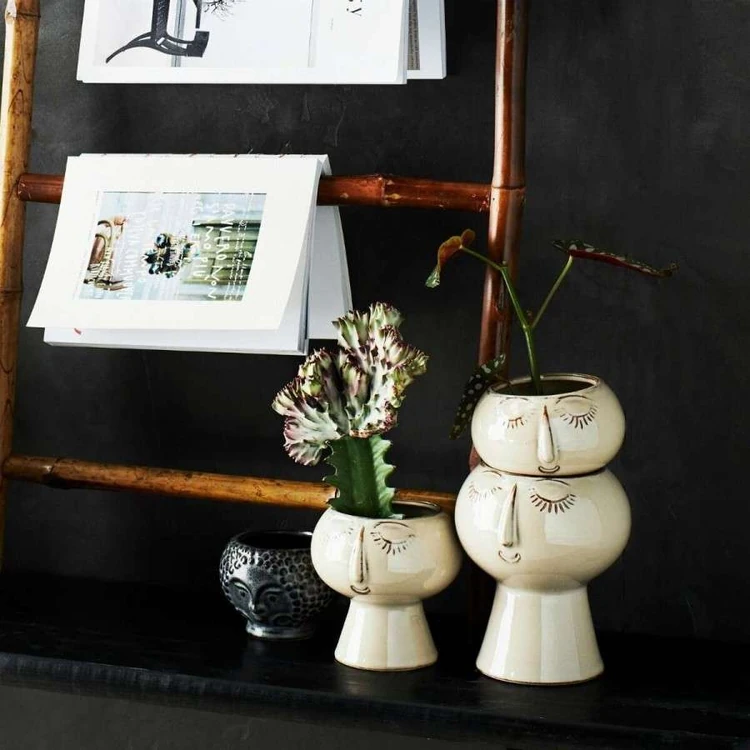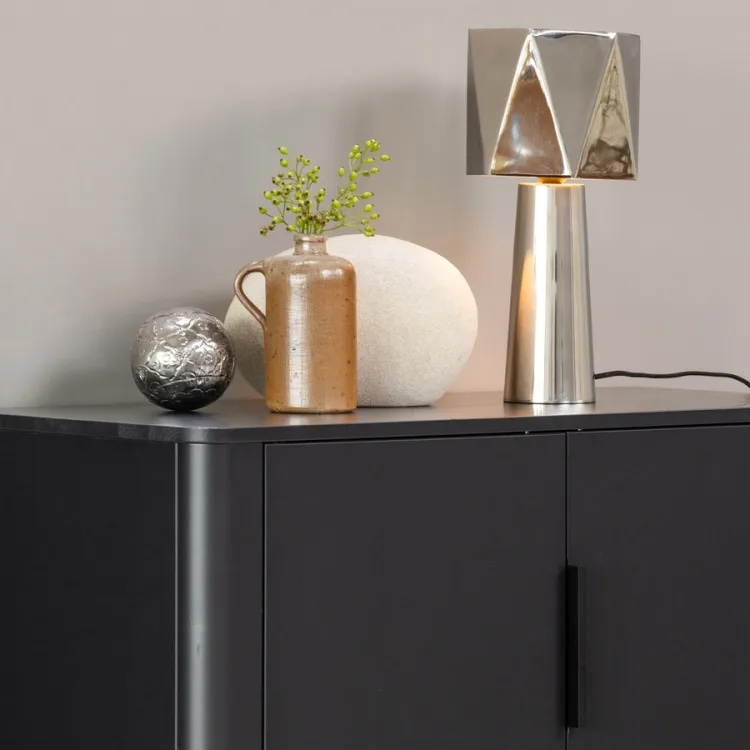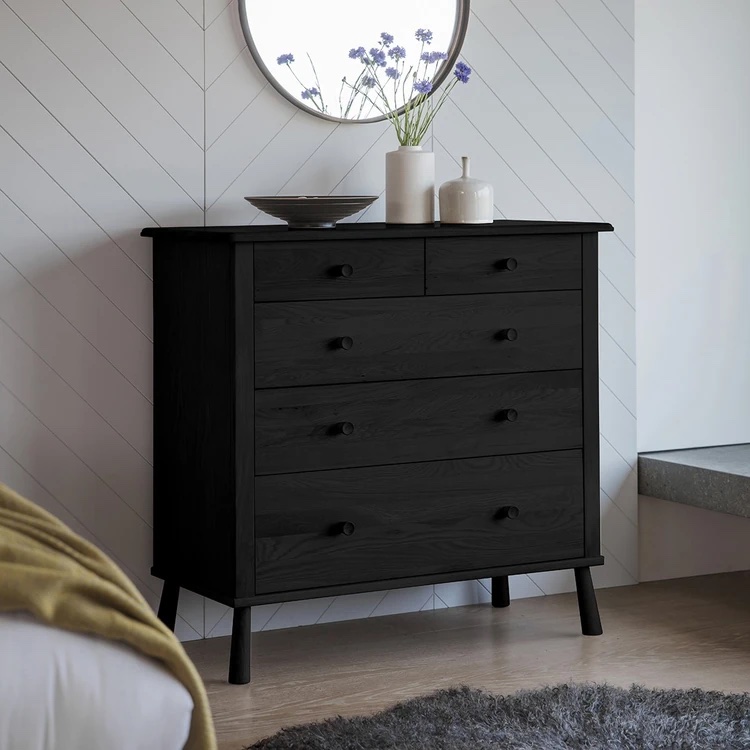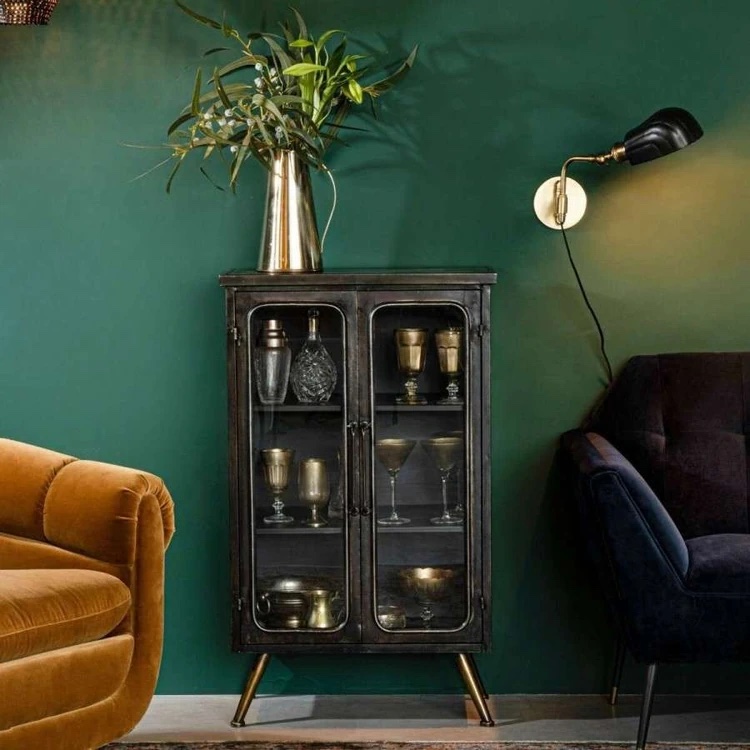- Furniture
- 0 likes
- 186 views
- 0 comments

There’s a reason why so many interiors just feel right - balanced, cohesive, and effortlessly stylish - even if you can’t quite put your finger on why. One of the secrets behind that harmony is the Rule of Three, a timeless design principle used by interior designers, stylists, and artists alike.
It’s based on the idea that odd numbers are more visually engaging than even ones, helping to create a natural sense of rhythm and interest in a space. Whether you’re styling a shelf, arranging furniture, or curating a gallery wall, the Rule of Three can be your shortcut to design balance.

What Is the Rule of Three?
At its simplest, the Rule of Three states that grouping things in odd numbers, particularly threes, is more appealing to the eye. Our brains naturally find symmetry predictable, but odd numbers introduce a touch of asymmetry that feels dynamic and interesting.
In interior design, this principle goes beyond décor groupings. It can apply to colour schemes, materials, shapes, textures, or even layout proportions. For example, a room might use three key tones (a dominant, secondary, and accent colour) or feature a trio of textures, such as wood, metal, and linen, to achieve depth and balance.

The Psychology Behind It
The power of the Rule of Three lies in how we perceive visual information. Odd numbers create a focal point; one item often becomes the visual anchor, while the other two provide balance and context. This makes arrangements look thoughtfully curated rather than overly uniform.
It’s a principle rooted in storytelling and design. A trio gives a beginning, middle, and end; a sense of completeness without rigidity. When applied to interiors, it ensures that spaces feel harmonious yet full of character.
How to Use the Rule of Three in Your Home

1. Styling Accessories and Décor
Start small with decorative groupings. Arrange three candles, vases, or picture frames of varying heights on a console or mantelpiece. The key is variation, mixing shapes, textures, or sizes creates visual hierarchy while keeping the look cohesive. For example, try a tall vase, a medium-height candle holder, and a small decorative bowl clustered together on a tray.
2. Balancing Colours
Colour palettes often work best when built around three core hues: a dominant base colour, a secondary tone, and a contrasting accent. This could look like neutral walls, wooden furniture, and bold artwork, or a soft pastel base with two accent shades introduced through textiles and accessories. You could even combine three jewel tones for a bright and eccentric space. Using three tones keeps the space cohesive without feeling monotonous.

3. Layering Textures and Materials
Texture is what gives a room warmth and depth. Apply the Rule of Three by combining three distinct finishes, such as smooth metal, natural wood, and soft linen, or velvet upholstery, reclaimed iron and polished brass. The contrast between textures adds richness and interest without overwhelming the senses.
4. Artwork and Wall Displays
Gallery walls and art displays are perfect for the Rule of Three. Try hanging three prints in a row or grouping them in a loose triangular formation. This creates a sense of rhythm that feels balanced but not overly symmetrical; ideal for adding personality to a blank wall.
.jpg)
5. Furniture Groupings
When arranging furniture, odd numbers can create a more inviting flow. For example, a sofa paired with two armchairs feels more dynamic than a matching set of two sofas. Likewise, a trio of nested coffee tables or stools adds flexibility and movement to your layout.
When to Break the Rule
Like any design guideline, the Rule of Three isn’t set in stone. Sometimes a pair of oversized lamps, a symmetrical sofa setup, or a gallery of four prints might work better for your space. The goal isn’t to rigidly stick to “three,” but to understand why it works, and then bend it intentionally when your space calls for it. The best interiors balance logic with intuition.
The Rule of Three is one of those simple design tricks that makes a big impact. It encourages creativity, adds flow, and helps you avoid overthinking your styling decisions.
Whether you’re decorating a shelf, planning your living room layout, or experimenting with colour, using the Rule of Three will help your interiors feel more cohesive, natural, and visually engaging.

Comments (0)